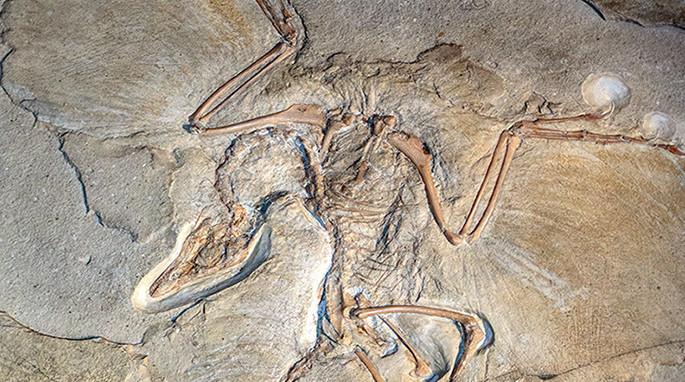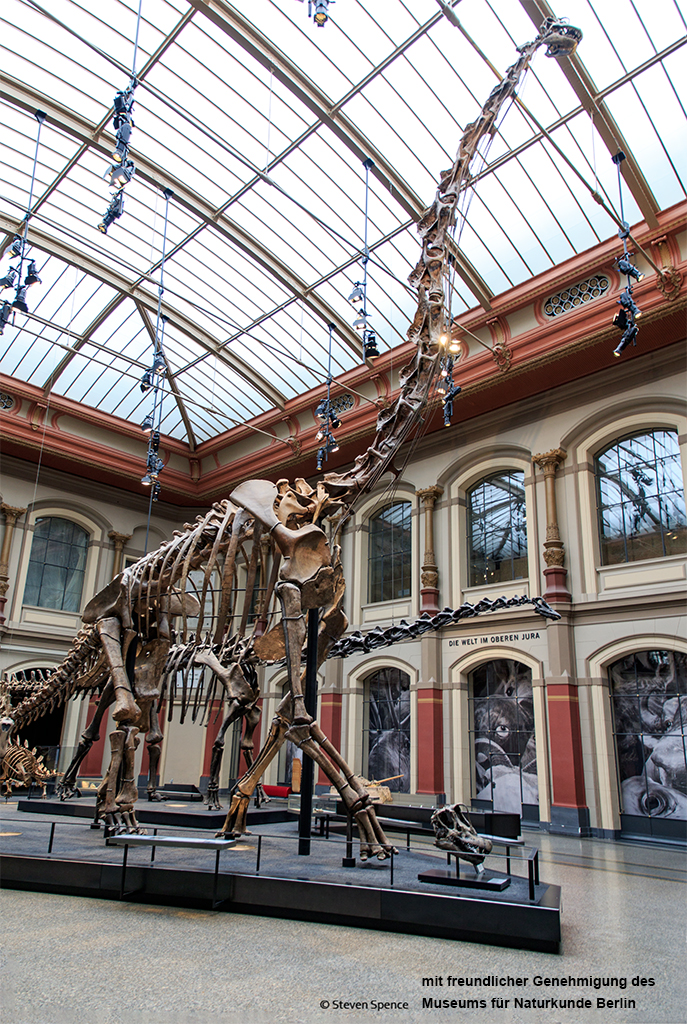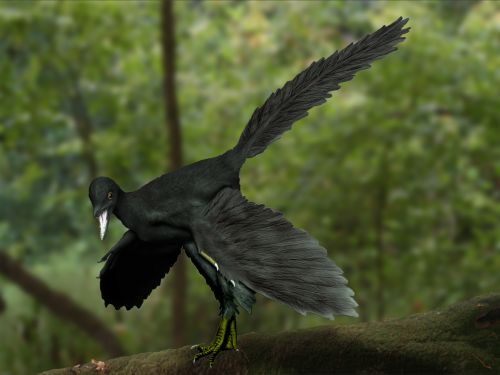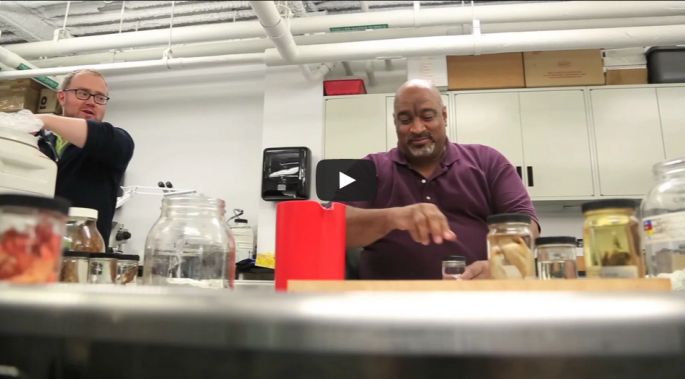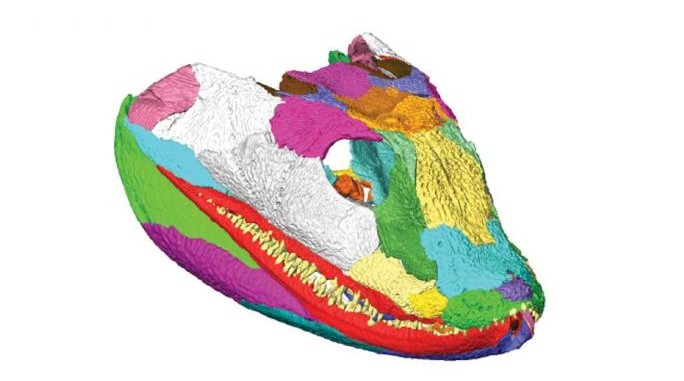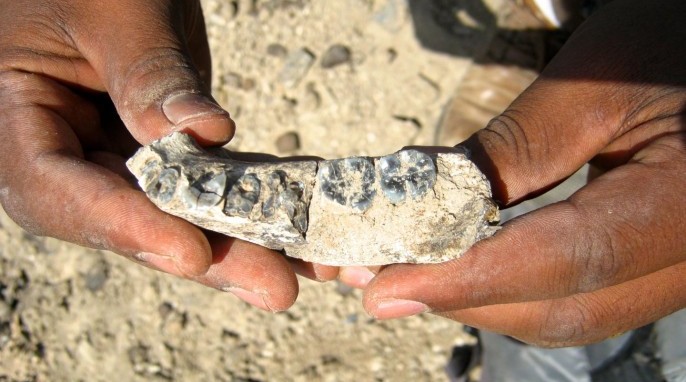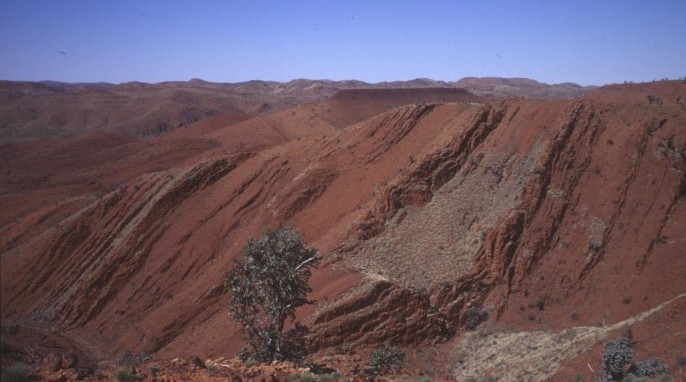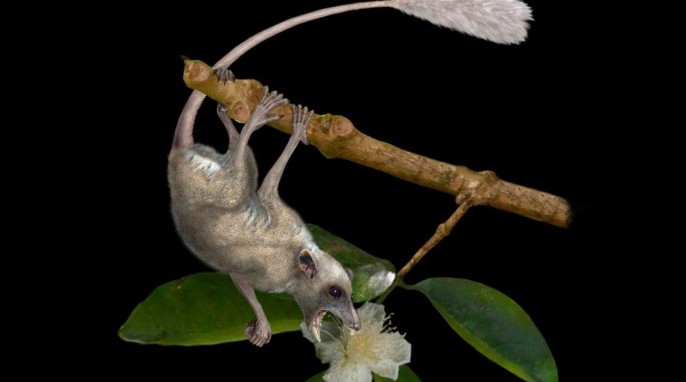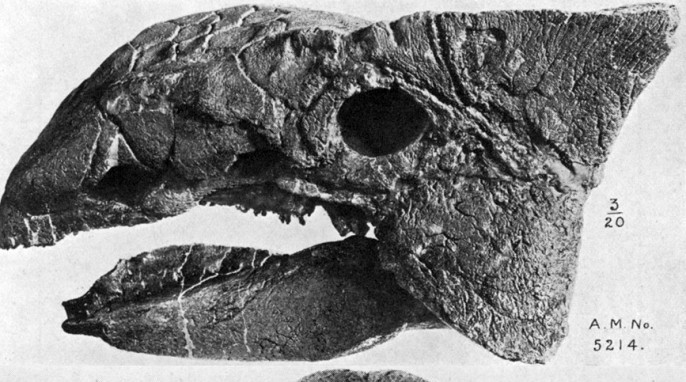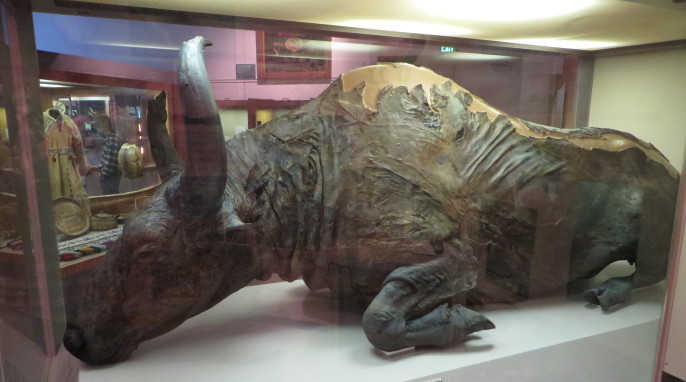Jurassic Celebrity: Early Bird Gets the Spotlight
By Steven Spence A Lasting Impression For its sheer beauty, the Berlin specimen of Archaeopteryx has been described as a “paleontological Mona Lisa” by Dr. Luis M. Chiappe of the Natural History Museum in Los Angeles. Without a doubt it is one of the most attractive fossils that I have ever seen. It is striking because it clearly has avian features, yet it is so different from modern birds. Clawed Wings and Teeth A previous article on the reference specimen of Archaeopteryx (London Natural History Museum) mentioned both the claws and…
Read More
